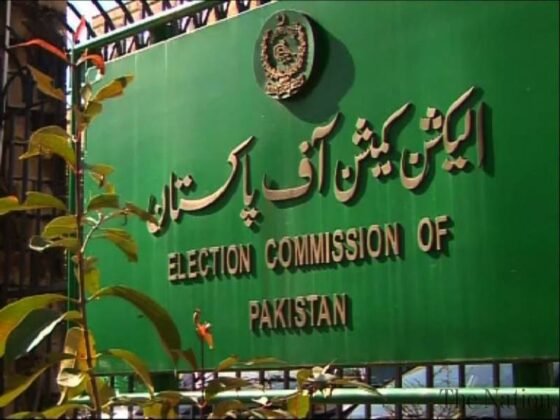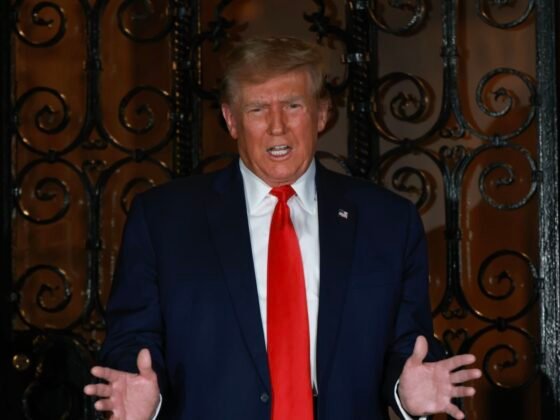Because it seems, Cyclone Phyan by no means got here to Mumbai that night, Sept. 20. Actually, it had already occurred – eight years earlier, 1,400 miles away, in Sri Lanka. “That rumor in regards to the cyclone has been going round for years,” mentioned Pankaj Jain, founding father of SMXHoaxSlayer.com, a web site that fact-checks circulating rumors on social media in India.
Whereas pretend information in the US is claimed to have contributed to President Donald Trump’s election victory, in India, a nation with 355 million Web customers, false information tales have develop into part of on a regular basis life, exacerbating climate crises, growing violence between castes and religions, and even affecting issues of public well being.
“Widespread sense is extinct,” Jain mentioned. “Individuals are able to consider something.”Final week, newspapers right here carried full-page ads by Fb that defined find out how to spot false information. Minister Rajnath Singh, who oversees dwelling affairs, addressed members of the armed border forces in New Delhi, advising them to not consider every little thing on social media.A lot of India’s false information is unfold via WhatsApp, a well-liked messaging app. One message that made the rounds in November, simply after the federal government introduced an overhaul of the nation’s money, claimed newly launched 2,000 rupee financial institution observe would include a GPS monitoring nano-chip that might find financial institution notes hidden so far as 390 toes underground. One other rumor, about salt shortages final November, prompted a rush on salt in 4 Indian states. In southern India, a rumor a couple of measles and rubella vaccine thwarted a authorities immunization drive.Many false tales have led to violence. In Could, rumors about baby abductors in a village triggered a number of lynchings and the deaths of seven individuals. In August, rumors about an occult gang chopping off girls’s braids in northern India unfold panic, and a low-caste lady was killed.
Some tales exacerbate India’s rising spiritual and caste tensions. This week, for example, photographs purportedly exhibiting assaults in opposition to Hindus by “Rohingya Islamic terrorists” in Burma circulated on social media in India, stoking hatred in Hindu-majority India in opposition to Muslim Rohingya.
“There was one video with two individuals being beheaded, and the textual content was saying these had been Indian troopers being killed in Pakistan. When I discovered the unique video, it was truly taken from footage of a gang battle in Brazil,” Jain mentioned. “They’re going to let you know that is contemporary, these are photographs the media just isn’t exhibiting you, in the event you’re a real Indian patriot, you’ll ahead this message.”
The rumors have resulted in a small business of fact-checkers who’re organising web sites to debunk myths circulating on-line. Pratik Sinha is a former software program engineer who began Altnews.in, a fact-checking web site. “The variety of pretend information tales is so excessive that we will not compete on the amount of truth checks we do,” he mentioned. “We give attention to high quality.”
The very fact-checkers come from varied backgrounds – some are former journalists, others are software program geeks, and a few are simply involved residents. Many pretend information tales seem to assist India’s ruling Bharatiya Janata Celebration and its right-wing Hindu nationalist agenda, mentioned Jency Jacob, managing editor for boomlive.in, a fact-checking web site. “If we do not do one thing, it will likely be too late,” Jacob mentioned. “Political events would love to make use of this for their very own profit, and we have to intervene.”
The scrutiny has led to some triumphs. Ministers have deleted deceptive tweets and posts after being fact-checked on-line; in a single occasion, a authorities ministry launched an inquiry after Altnews identified that a picture it had utilized in a report to point out floodlights on India’s border was truly from the Spanish-Moroccan border.
In September 2016, India’s richest man, Mukesh Ambani, launched an ultra-cheap cell community service, Jio. The brand new community introduced tens of millions of Indians on-line for the primary time. Jio’s low-cost plans elevated cell information use greater than sixfold between June 2016 and March 2017, based on Mary Meeker’s Web Tendencies 2017 report.
India’s first-time customers are notably vulnerable to rumors doing the rounds on social-media web sites, Jacob mentioned. “The united statesA. is a extra mature market. In India, these forwards tackle a lifetime of their very own,” he mentioned, referring to chain messages on social media.
Asavari Sharma, a Mumbai resident, was considered one of many who posted photographs of wet streets on Fb. She added a caption that learn “CYCLONE PHYAN REACHING US: Hope all the great souls on my record are protected.”
“Truthfully, I by no means consider in climate information as a result of each time they present, one thing by no means actually happens,” Sharma mentioned. This time that they had proven a “few horrible photographs projected straight from the satellite tv for pc. So I needed to add to Fb.”
By midday, rumors about Phyan had reached authorities. Mumbai’s Catastrophe Administration Unit tweeted, “As knowledgeable by IMD [India Meteorological Department] there is no such thing as a cyclone warning for Mumbai. Residents r requested to not unfold & belief hearsay.”
Jain says the rise of false rumors worries him. “Principally, any person’s making a living out of all this,” he mentioned, saying that clicks on pretend information web sites are supported by ads. “Finally, individuals are being conned.”
(This story has not been edited by ZariNews workers and is auto-generated from a syndicated feed.)









